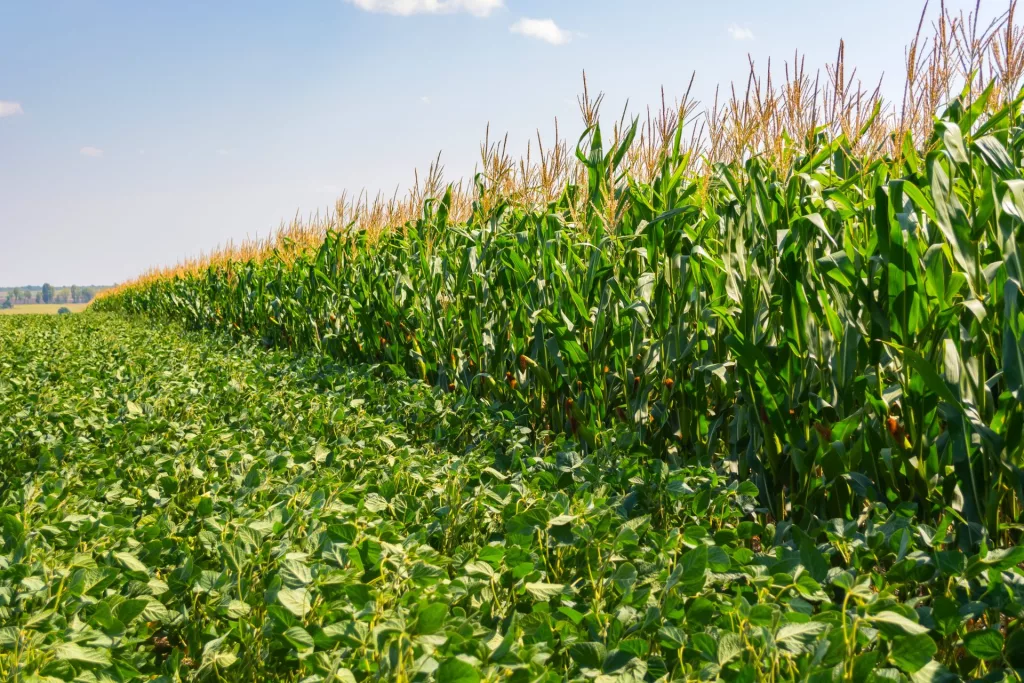The U.S. Department of Agriculture (USDA) released the September World Agricultural Supply and Demand Estimates (WASDE) report on Tuesday. This month’s corn outlook calls for slightly larger supplies and ending stocks. Projected beginning stocks for 2023/24 are five million bushels lower, and corn production is forecast at 15.1 billion bushels, up 23 million from last month. The national average yield is forecast at 173.8 bushels per acre, down 1.3 bushels. Ending stocks are up 19 million bushels to 2.2 billion. The season-average corn price is unchanged at $4.90 per bushel.
Soybean supply and use changes for 2023/24 include lower beginning stocks, production, crush, exports, and ending stocks. The soybean yield of 50.1 bushels per acre is down 0.8 bushels from last month. Ending stocks are projected at 220 million bushels, down 25 million from last month. The season-average soybean price is forecast at $12.90 per bushel, up $0.20 from last month. The wheat outlook for supply and use is unchanged this month. The projected 2023/24 season-average farm price is also unchanged at $7.50 per bushel.
Even though USDA lowered new crop yields for corn and soybeans in their report, American Farm Bureau Federation Economist Betty Resnick says that didn’t lower corn production expectations.
“The decrease in yields were expected due to hot and dry conditions throughout the Midwest. But because there was a really big jump in planted acres, that offset the decrease in yields, leading to a bigger estimated production for corn this year. Soybeans are expected to have a lower production as compared to the August report because of that decrease in yield.”
Resnick explains how USDA used planted acres to find an increase in corn production.
“A lot of that was driven by large increases in Nebraska, Kansas, Missouri and Minnesota, in addition to other states. Some people were fearing that corn yield was going to be even lower. However, the September report is the first WASDE report of the year to incorporate objective yield estimates, and we’re looking at a record number of corn ears per acre, which is exciting and also kind of booming those yields despite the poor condition.”
This September report also marks the 50th anniversary of WASDE reports, providing valuable information to agriculture.
“The WASDE report was actually created after the Great Grain Robbery of 1972 with the first WASDE report coming out in September of 1973, where the Soviet Union was able to buy an immense amount of U.S. wheat at subsidized prices,” says Resnick. “We sold them that wheat not knowing that they had a massive crop shortfall at the time, so the WASDE report was created in response to that incident. WASDE puts everyone on equal footing and puts a lot of transparency into the market.”
Source: NAFB News Service.






